
Before these small round CD discs became a thing, there were once vinyl records. They were bigger in size, heavier, and more fragile. But of course, you know them now since they have risen from the dead and have been haunting the music industry for sometime now.
If you haven’t heard of their resurgence then you surely must not be a fan of music. Because how the heck don’t you know about it when both famous and not so famous, as well as new and seasoned musicians have been releasing music on vinyl records.
Thanks to their continuous increase in audience, manufacturers like Unified Manufacturing vinyl pressing have offered small run orders.
This is to give musicians with lesser money on hand to release their own album on the format. Vinyl’s an expensive format you know, especially if you want your music on vinyl that is of high quality.
Table of Contents
WHY IS THE RESURGENCE HAPPENING?

There are a lot of theories why vinyl records are on a roll these months, but let us give you five of the most usual reasons why:
Novelty

Though the vinyl format is an old one, this is a novelty for the younger generations. This is possible almost all of them would probably have not experienced listening to music on vinyl.
Additionally, the higher quality customization of the format is another novelty from the past customizations.
Experience

The experience the format gives is another factor to its novelty. Since we are in the digital age where people listen to music using streaming sites, this physical format will surely give the younger generation a new experience in listening to music.
They will have the experience of dropping a needle onto the groove just to hear the tracks, of flipping a record to the other side just to finish a whole album, and of cleaning and taking care of the record to preserve the sound quality of the record.
Collectibility

Due to a wide array of customization options that musicians can choose from to design and make their records beautiful and unique, the format has become a collectible.
They can now have different shapes for their vinyl record, not just the usual circle shape. They can even choose the color they want it to have and even have something put inside or on the surface of their vinyl records.
Value

Since they are considered as collectibles, they have high value when sold again as second hand. The higher the mint condition of the vinyl record the more valuable it becomes when sold to another vinyl collector.
Moreover, the fewer copies there are in the world and the older the copy is, the higher the value. The first vinyl pressings of musicians from the older generations are very much valued since they are hard to come by.
Sound Quality

The last of the five reasons is the sound quality of the format. Vinyl records are claimed by most audiophiles as having a superior sound quality compared to those digital audio formats.
DOES MUSIC ON VINYL REALLY SOUND BETTER?

If we compare analog and digital audio formats, vinyl records have the upper hand. This is because analog formats, like vinyl records, are exact replicas of your tracks soundwaves.
This means that every little musical detail your tracks possess will be recorded on the surface of the vinyl record.
With digital formats, they make use of numbers that represent the soundwaves. In the process of translating it from analog to digital, there is information lost since what they do is take a screenshot of a portion of the soundwaves instead of translating all of it.
However, I must be honest with you. There is a great lack of evidence to prove the supposed superior sound quality of the vinyl format. Actually, some audiophiles say that the difference between audio formats are negligible and hard to distinguish.
To ensure that your vinyl records are of great quality and sound great, it is best to find and choose a good pressing plant to manufacture your vinyl.
STEPS IN VINYL PRESSING
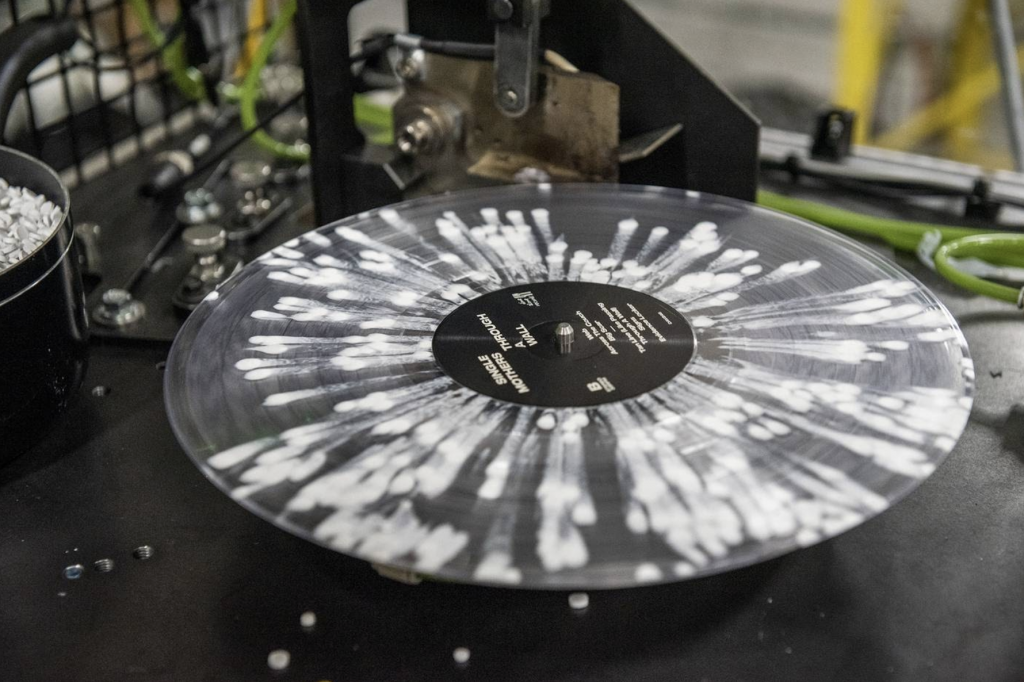
You might be asking why having a good pressing plant will affect the sound quality of your vinyl records. To answer that, vinyl records need physical contact for the tracks to be heard, which means that their grooves must not be distorted or deformed.
Here are the three main steps when pressing vinyl records. This will help you understand the importance of choosing a pressing plant and/or people, in general, that will have the chance of working on your vinyl album.
STEP #1: MASTERING/ LACQUER CUTTING
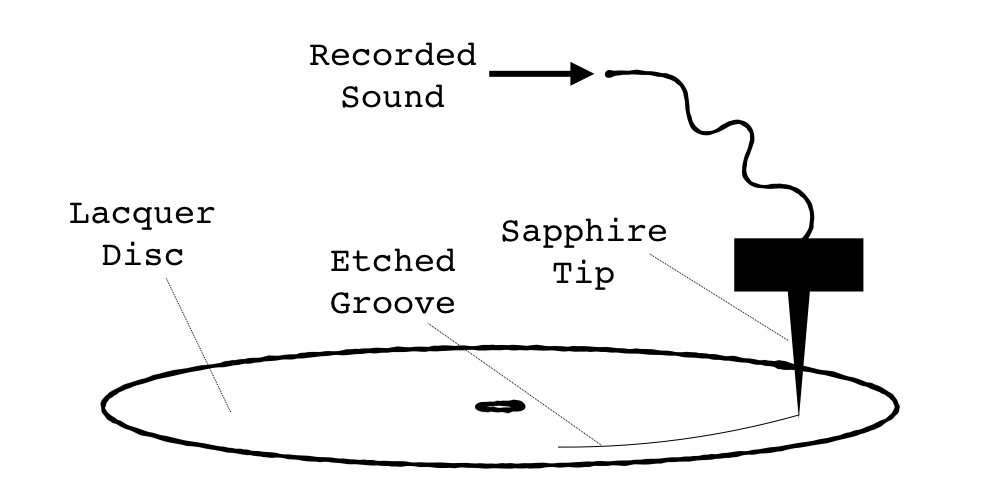
Just to make this clear, mastering and lacquer cutting is not one and the same. Mastering is the process of preparing the tracks for distribution. This is where enhancement and the finishing touches are applied to your tracks as well as the smooth transitioning from one track to another.
Lacquer cutting on the other hand is the process of cutting grooves of soundwaves on the lacquer with the use of a lathe machine with its sapphire tipped needle. The grooves cut is a negative image of the soundwave and can be done again if there are errors on the first cut.
These two processes are joined in one step because they can be and are mostly done simultaneously on the same day and the same location. However, they can still be done separately, depending on the engineer or pressing plant you are working with.
STEP #2: ELECTROPLATING

After the father plate, or the cut lacquer, has been approved and cleared of any error, it is either sent to a plating plant or to the electroplating section of your pressing plant.
It depends on whether the pressing plant you’ve chosen only offers pressing services. If they do, then they’ll be looking for a plating plant to have it electroplated.
Electroplating is an important step because this is where we get the record stamper/s or the mother plate/s.
A mother plate is the negative image of the father plate, and since the father plate is the negative image of the sound waves, the mother plate has the positive image of it.
To start the process of electroplating, the father plate is sprayed and coated with silver solution on the surface and the grooves.
After that, it is submerged in a container full of liquid tin chloride or nickel for a sufficient amount of time. With the silver coated plate submerged in liquid metal, the metal ions are attracted to the silver forming the mother plate.
STEP #3: VINYL PRESSING
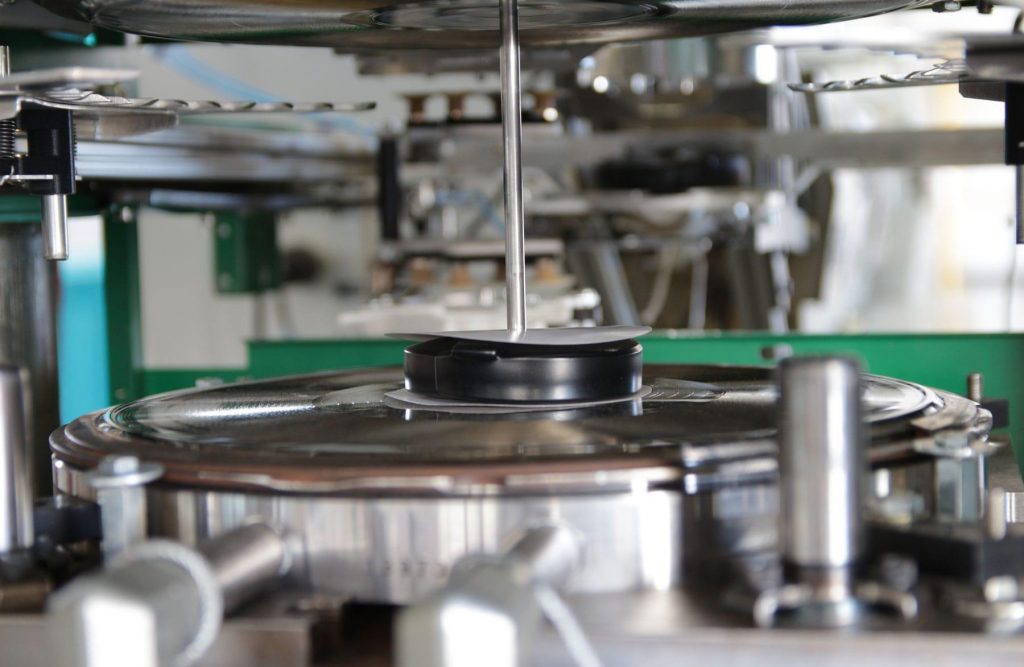
Last is the actual pressing of the mother plate onto the vinyl puck.
The pressing is done with the use of a pressing machine where one or two mother plates, depending on whether there are one or two playable sides of the vinyl record, are placed above and under the vinyl puck placed in the center.
The vinyl puck is pressed with heat for around 30 seconds. After that, the flat round vinyl record is cut on the sides to remove the excess edges due to the earlier pressing.
A center label, if there are any, is then pasted on the center. Then the packaging of the record is done.
WHAT CAN YOU DO TO IMPROVE SOUND QUALITY OF MUSIC ON VINYL?

Of course, pressing plants aren’t the only ones responsible for the sound quality of your music on vinyl.
You also have something to do with that, so here are some tips you can follow to improve it.
TIP #1: AVOID HIGH SIBILANCE DURING THE RECORDING OF YOUR SONGS
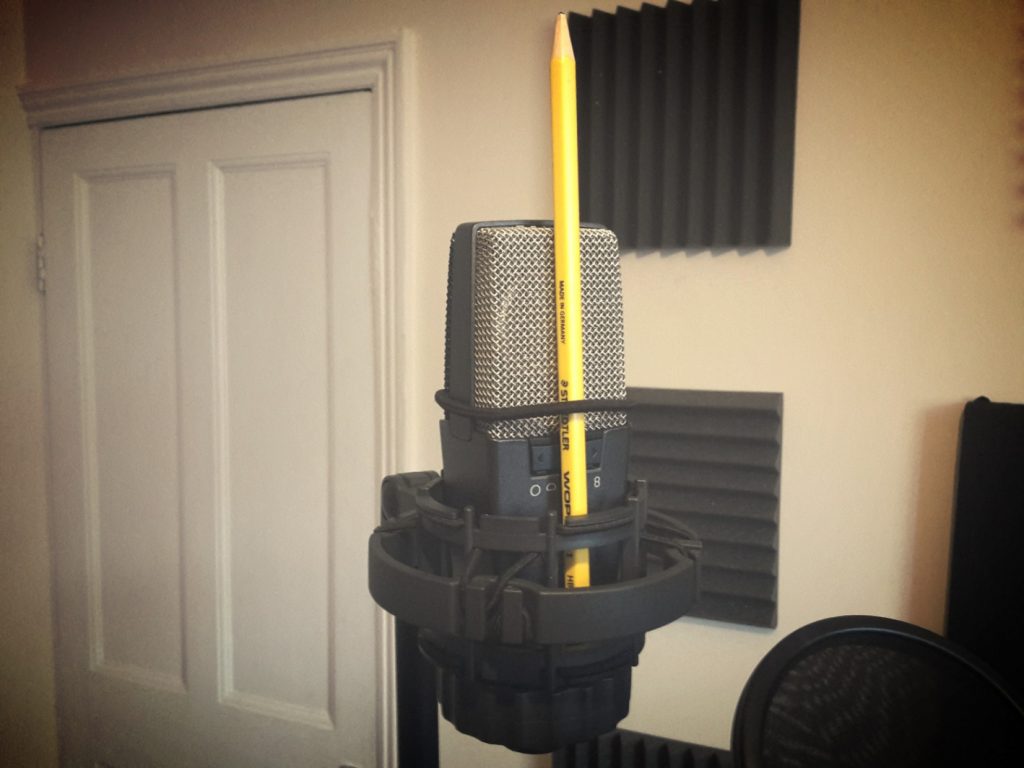
As early as recording the songs of your album, you can already help in improving the sound quality of your music on vinyl. Since vinyl is a physical format that also needs contact for music to play, the grooves need to be perfect.
If your songs have high sibilance, then that will cause distortions on the groove. Sibilance is when there is a repetition of hushing and hissing sounds.
To avoid high sibilance, be aware of how you pronounce the sibilants, these are the sounds ts, dz, ts, s, and z. Don’t make them sound too strong when you record.
TIP #2: HAVE YOUR TRACKS MASTERED FOR VINYL

It is not enough to have your tracks mastered. It should be mastered for vinyl, if you want it to sound great on vinyl.
This is a common mistake made by musicians who haven’t tried having a vinyl pressing for their album. Remember that digital mastering won’t sound good when pressed on vinyl.
TIP #3: PAY ATTENTION TO THE SEQUENCE OF YOUR TRACKS

Track sequencing is part of the mastering process, but I am emphasizing on this because it is another important step to improve your vinyl’s sound quality.
As mentioned time and time again, vinyl record’s grooves need contact with the needle to read the musical information and have it produce the sound.
The grooves on the inner part of the record are susceptible to distortions. For you to avoid those distortions, I am advising you to put your more mellow or acoustic tracks on these later grooves and have your tracks with more musical information on the outer grooves.
TIP #4: THOROUGHLY CHECK THE TEST PRESSINGS SENT TO YOU
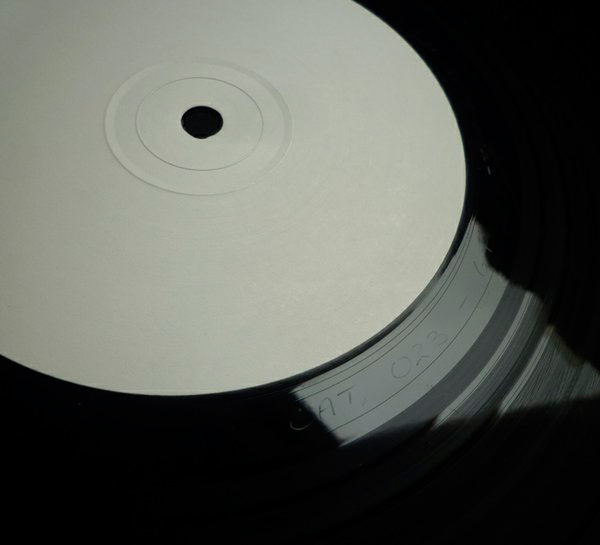
Test pressings are the initial vinyl pressings sent to you by your pressing plant to have you check it before they actually press your vinyl records in bulk.
A month or more after sending everything for your album and having them approved, you will receive around 5 to 10 copies of test pressings.
Test pressings are mostly standard black vinyl records sent to you packaged in a generic sleeve without the artwork you’ve sent or approved.
To check your test pressing, you will of course need a turntable to listen to it. Make sure that your songs are in the order you listed them.
Also, while you are listening to it, you might hear some skips, hisses, or some kind of anomaly. If you do, try listening to it on the same spot on the other copies.
If it is also present on them then you can contact your sales rep and have them resolve this.
_________________________________________________________________
James Hill is a veteran of the music industry. He first worked at Warner Reprise Records then later joined Interscope/ Geffen Records where he managed producers and songwriters and got his first platinum record for Keyshia Cole’s The Way It Is. He is now helping indie artists with branding and manufacturing through his company Unified Manufacturing, a CD/DVD, custom vinyl records and merch company in LA.




